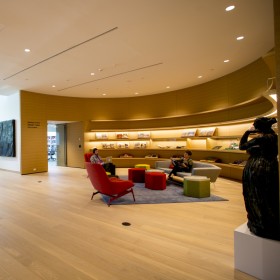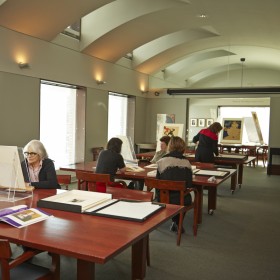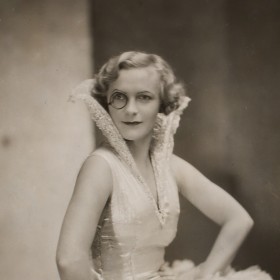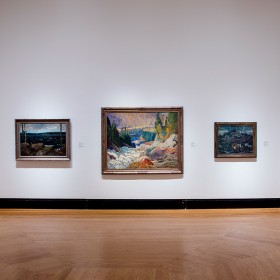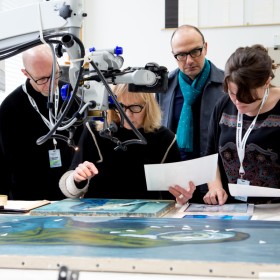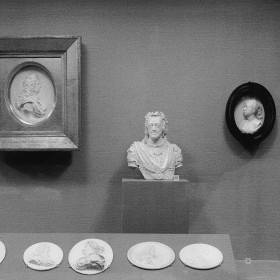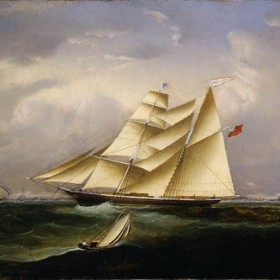ABOUT THE COLLECTION
Indigenous art at the AGO currently includes works from the First Peoples of North America, namely First Nations, Inuit, and Metis. The collection also includes global Indigenous Art from Africa, Australia, and the Torres Strait Islands. Indigenous Art is the oldest in the world and our collections reflect recent and historical practices and the continuities in between. Indigenous Art encompasses practices outside the Eurocentric traditions of artistic creation and categorization, as well as engagement with all major movements in art today. Indigenous art comes out of living cultures, making it highly dynamic and changing over time.
First Nations, Inuit and Metis
Developing the First Nations, Inuit and Metis art collection is one of the AGO’s primary collecting goals. From Haida master carver Charles Edenshaw, to contemporary Mohawk artist Shelley Niro, the collection spans artistic movements across several centuries.
The historic First Nation’s work includes exemplary objects such as the Anishnaabe Gunstock Club (anonymous, early 1800s), which in 2002 became the AGO’s first major acquisition of Ontario’s First Nations heritage, a selection of argillite poles by Charles Edenshaw (c.1839-1920), and the argillite and ivory Sea Captain (Haida, anonymous, circa 1840), acquired in 2008. Acquiring works by contemporary Indigenous artists is a critical goal, as is ensuring that the collection and programming reflect the historical diversity of Canadian society.
One of the distinguishing features of the collection is its contemporary Inuit art, with an emphasis on work produced in Canada since 1948. Among the more than 5,000 objects in the Gallery’s holdings are some 2,800 sculptures, 1,300 prints, 700 drawings and a selection of wall hangings. The AGO’s current collecting focus is on new Inuit artworks, especially those that express the current state of affairs in the far North. Manasie Akpaliapik's large whalebone, ivory, stone, antler, baleen and horn sculpture Respecting the Circle is another example of one of the AGO’s most popular works on display.
Australian Aboriginal and Torres Strait Islander
The AGO’s collection of more than 1,000 Australian Aboriginal and Torres Strait Islander artwork is the largest in Canada.
A gift from an anonymous donor in 2002, these works come from New South Wales, the Northern territory, Queensland, South Australia, Victoria and Western Australia, with a focus on artwork from the northern and central part of the continent.
A highlight of the collection is its 327 boomerangs, each unique and representative of a regional style.





